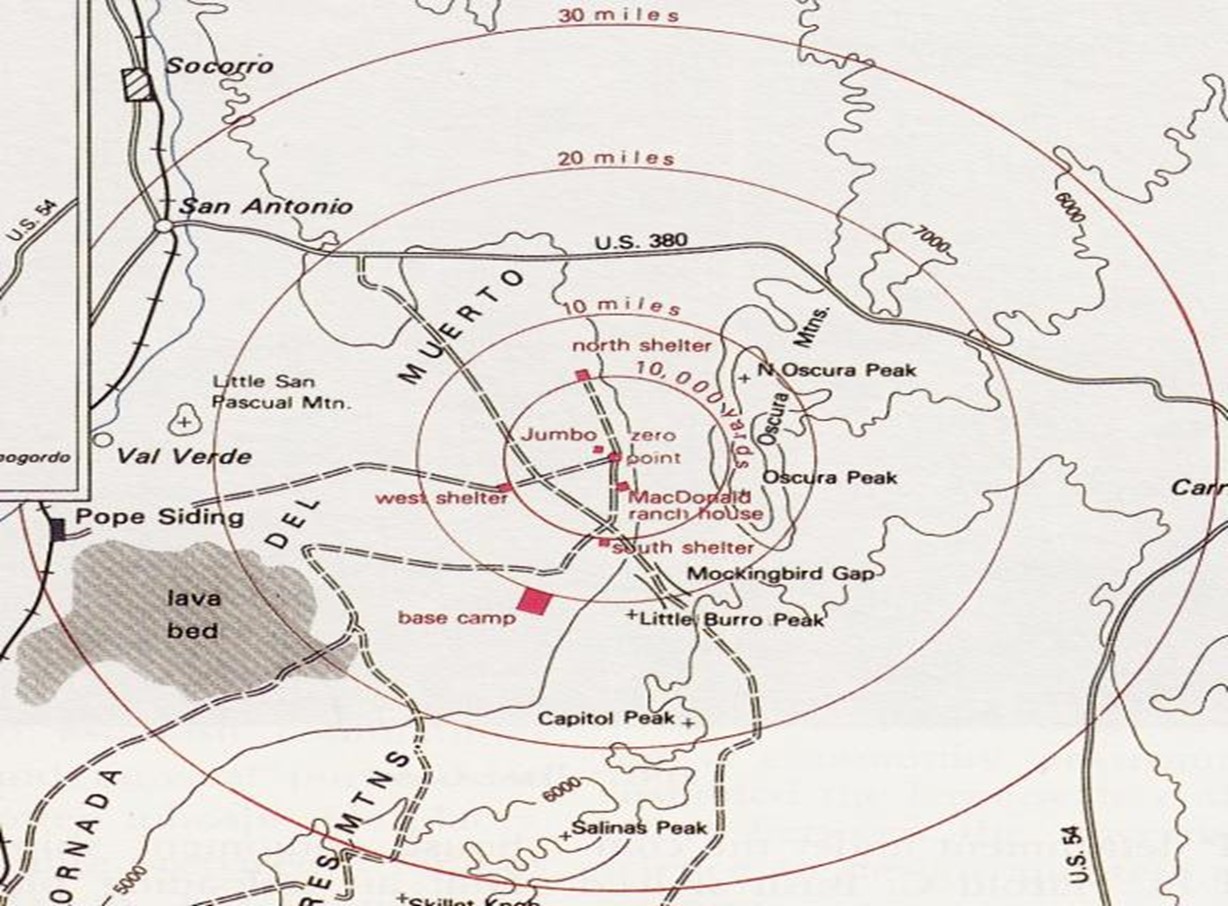
CWP Blog | CWP
Talk to Terrie: The Trinity Site
October 13, 2021
October 13, 2021
CWP
CWP Blog
Did you know that while the Trinity site is a covered facility under the Energy Employees Occupational Illness Compensation Program (EEOICP), that the downwinders in that area are currently excluded from filing claims under the Radiation Exposure Compensation Act?
What is the Trinity Site? The Trinity Site is where the United States detonated the first nuclear weapon. That happened on July 16, 1945 at the Alamogordo Bombing and Gunnery Range (now known as the White Sands Missile Range) in New Mexico.
The bomb was assembled at the Los Alamos facility located 210 miles north. The site was selected because of its remoteness. Robert Oppenheimer, the lead scientist for building the bomb, chose the name “Trinity” because of his study of the poet, John Donne’s Sonnet XIV, “Batter my heart, three person’d God”.
The scientists and military understood, even then, that there would be radioactive fallout from the blast. It was discovered that a town was merely 20 miles away from the test site. While this was a remote area and on government land, General Leslie Groves “feared legal culpability if things got out of hand.”
Efforts were made by the military to locate and map the population living within a 40-mile radius. Systems were set up to monitor the levels of radiation. Despite all of this, people were missed.
Several ranch families, missed by the Army survey, received significant exposures in the two weeks following Trinity. The families, nonetheless, evidenced little external injury. Livestock were not as fortunate, suffering skin burns, bleeding, and loss of hair.
The radioactive cloud was 30 miles by 90 miles and traveled to the northeast of the site. Sadly, these downwinders are not eligible to receive compensation under the current RECA program. For some unknown reason the people living and working downwind from the first nuclear explosion were not included when RECA was first enacted in 1990. Hopefully the new legislation that was introduced by Senator Mike Crapo (R-UT) and Senator Ben Ray Lujan (D-NM) will correct this oversight before the program sunsets in July of 2022.

